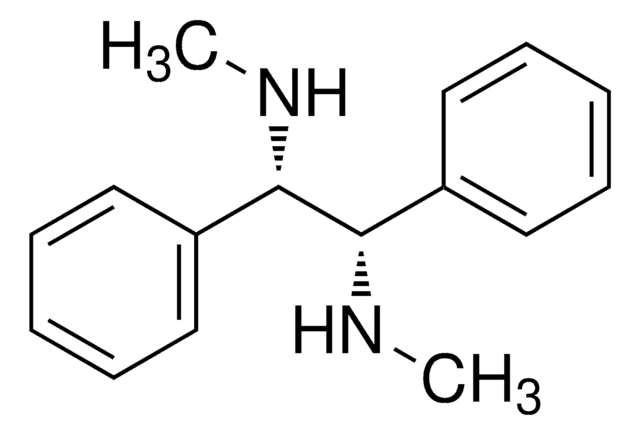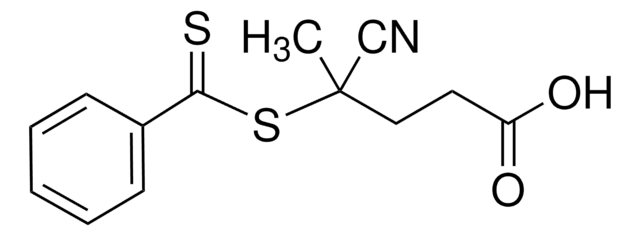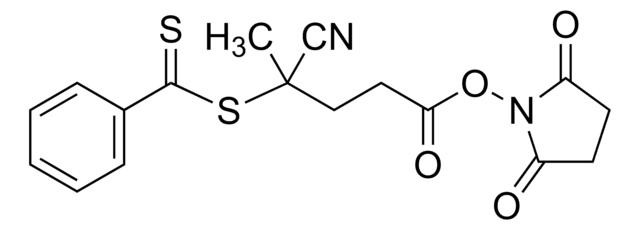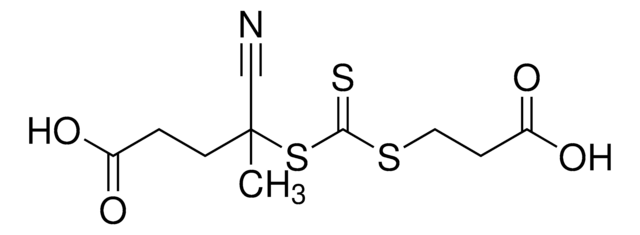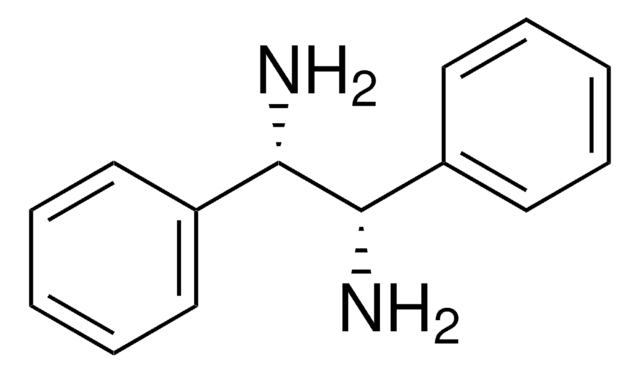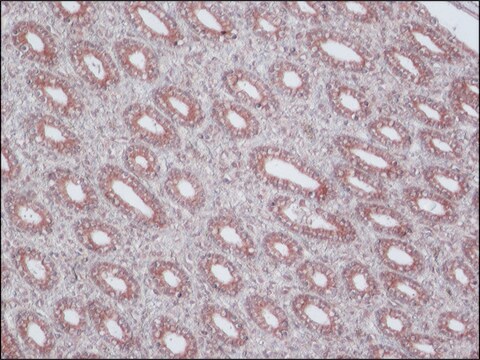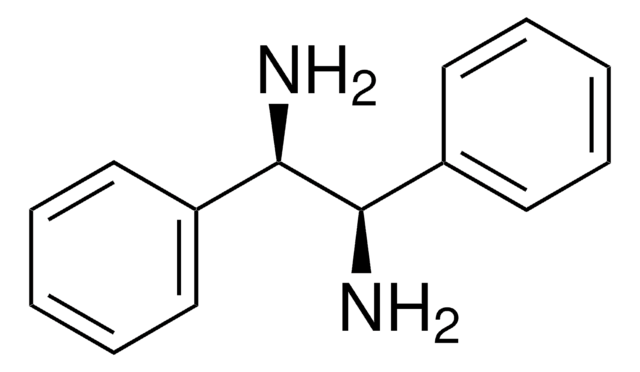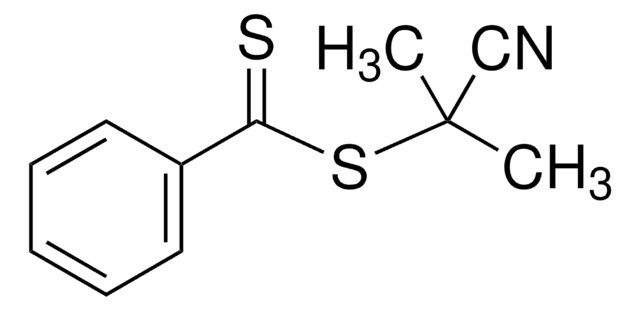Kluczowe dokumenty
765147
2-Nitro-5-(2-propynyloxy)benzyl 4-cyano-4-(phenylcarbonothioylthio)pentanoate
97%
Synonim(y):
Clickable CTA, Light-sensitive clickable RAFT agent, RAFT agent
About This Item
Polecane produkty
Próba
97%
Postać
solid
mp
90-94 °C
temp. przechowywania
2-8°C
ciąg SMILES
C#CCOC1=CC(COC(CCC(C)(C#N)SC(C2=CC=CC=C2)=S)=O)=C([N+]([O-])=O)C=C1
InChI
1S/C23H20N2O5S2/c1-3-13-29-19-9-10-20(25(27)28)18(14-19)15-30-21(26)11-12-23(2,16-24)32-22(31)17-7-5-4-6-8-17/h1,4-10,14H,11-13,15H2,2H3
Klucz InChI
IOYDTDXAMFFKOA-UHFFFAOYSA-N
Opis ogólny
Zastosowanie
Hasło ostrzegawcze
Warning
Zwroty wskazujące rodzaj zagrożenia
Zwroty wskazujące środki ostrożności
Klasyfikacja zagrożeń
Aquatic Acute 1 - Eye Irrit. 2 - Skin Sens. 1
Kod klasy składowania
11 - Combustible Solids
Klasa zagrożenia wodnego (WGK)
WGK 3
Temperatura zapłonu (°F)
Not applicable
Temperatura zapłonu (°C)
Not applicable
Wybierz jedną z najnowszych wersji:
Certyfikaty analizy (CoA)
Nie widzisz odpowiedniej wersji?
Jeśli potrzebujesz konkretnej wersji, możesz wyszukać konkretny certyfikat według numeru partii lub serii.
Masz już ten produkt?
Dokumenty związane z niedawno zakupionymi produktami zostały zamieszczone w Bibliotece dokumentów.
Klienci oglądali również te produkty
Produkty
The modification of biomacromolecules, such as peptides and proteins, through the attachment of synthetic polymers has led to a new family of highly advanced biomaterials with enhanced properties.
Nasz zespół naukowców ma doświadczenie we wszystkich obszarach badań, w tym w naukach przyrodniczych, materiałoznawstwie, syntezie chemicznej, chromatografii, analityce i wielu innych dziedzinach.
Skontaktuj się z zespołem ds. pomocy technicznej![Pentaerythritol tetrakis[2-(dodecylthiocarbonothioylthio)-2-methylpropionate] 97% (HPLC)](/deepweb/assets/sigmaaldrich/product/structures/234/301/a6e20d26-df1b-49c6-bdee-c98dd3488cc2/640/a6e20d26-df1b-49c6-bdee-c98dd3488cc2.png)
